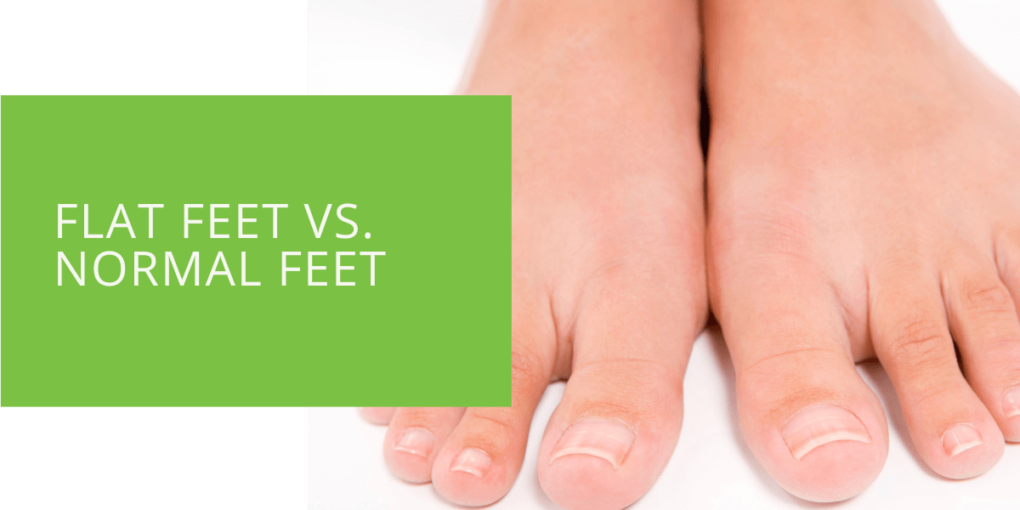Flat Feet vs. Normal Feet
Flat feet, or fallen arches or pes planus, are common foot conditions affecting millions worldwide. Individuals with flat feet have little to no arch in their feet, causing their entire sole to touch the ground when they stand. This article will explore the differences between flat and normal feet and discuss the implications for foot health.
Anatomy and Characteristics of Flat Feet
Definition and Causes
Flat feet is a condition in which the foot's arch is flattened or absent. This can be caused by genetics, injury, or other medical conditions. In some cases, flat feet may develop due to the posterior tibial tendon, which connects the calf muscle to the inside of the foot, becoming damaged or stretched.
Characteristics of Flat Feet
Individuals with flat feet may experience various symptoms, including foot pain, ankle pain, and arch pain. They may also have difficulty standing for long periods, experience fatigue in their feet, and have a reduced ability to balance. Additionally, flat feet can cause overpronation, a condition in which the foot rolls too far inward when walking or running.

Anatomy and Characteristics of Normal Feet
Definition and Characteristics
Normal feet, on the other hand, have a distinct arch in the middle of the foot. This arch is formed by a combination of bones, ligaments, and tendons in the foot. When standing, the foot arch should be raised off the ground, with the heel and ball touching the ground.
Advantages of Normal Feet
A normal arch in the foot can provide a range of benefits, including better balance, improved athletic performance, and reduced risk of foot pain and injury. However, it's important to note that even individuals with normal feet may still experience foot issues, such as plantar fasciitis or arthritis.
Differences Between Flat Feet and Normal Feet
The most obvious difference between flat and normal feet is the presence of an arch in the middle of the foot. Normal feet have a distinct arch that helps distribute weight evenly across the foot and provides shock absorption when walking or running. On the other hand, individuals with flat feet have little to no arch in their feet, causing their entire sole to touch the ground when they stand.
Another difference between flat and normal feet is how weight is distributed across the foot. The weight is evenly distributed across the heel, ball, and toes in individuals with normal feet. However, in people with flat feet, the weight is distributed unevenly, with more pressure placed on the inside of the foot.
Individuals with flat feet may also experience a range of absent symptoms in individuals with normal feet. These may include foot pain, ankle pain, arch pain, and difficulty standing for long periods. In addition, flat feet can cause overpronation, a condition in which the foot rolls too far inward when walking or running, leading to instability and an increased risk of foot and ankle injuries.
While there are some differences between flat and normal feet, it's important to note that both types can be healthy and functional. However, individuals with flat feet may be more prone to certain foot conditions and should take steps to manage the symptoms and maintain optimal foot health.

Diagnosis and Treatment of Flat Feet
Diagnosis
A podiatrist can diagnose flat feet through a visual and biomechanical assessment. This may include observing the patient's gait, examining the foot and ankle, and performing an x-ray or other imaging tests.
Treatment
Treatment for flat feet may vary depending on the severity of the condition and the symptoms experienced by the patient. For individuals with mild to moderate flat feet, orthotic inserts can help support the arch and alleviate symptoms. Physical therapy may also be recommended to strengthen the muscles in the feet and ankles. In more severe cases, surgery may be necessary to correct the deformity.
Prevention and Management of Flat Feet
Prevention
While flat feet may be caused by genetics or injury, there are steps that individuals can take to prevent the condition from worsening. This includes wearing supportive footwear, maintaining a healthy weight, and avoiding high-impact activities that may exacerbate the condition.
Management
Several management techniques can help alleviate symptoms and improve foot health for individuals with flat feet. This may include exercises to strengthen the muscles in the feet and ankles, using orthotic inserts, and wearing supportive footwear. Additionally, individuals with flat feet should avoid standing for long periods and be mindful of their sitting posture.
Conclusion
Flat feet are a common foot condition that affects many individuals worldwide. While it can cause foot pain and other symptoms, there are steps you can take to prevent the condition from worsening and manage the symptoms. If you suspect that you have flat feet, it's important to seek the advice of a podiatrist, who can diagnose the condition and recommend the appropriate treatment. By taking care of your feet and being mindful of your posture and activities, you can maintain optimal foot health and comfort, whether you have flat feet or a normal arch.

